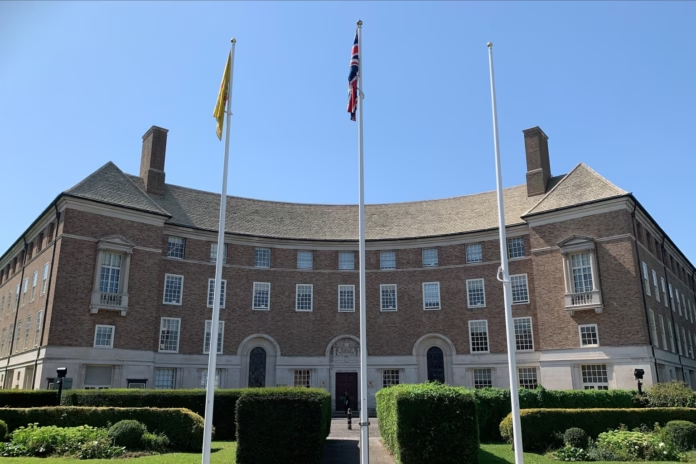
The total outstanding debt owed by councils to the Public Works Loan Board rose by 2.3% last year, a Room151 analysis shows.
Figures released by the government’s debt management office show the total amount owed to the PWLB at the end of 2016/17 was £66.4bn, up from £64.9bn the previous March.
The rise is relatively modest in a year which saw an increasing trend for councils to borrow PWLB cash for property investment and to on-lend to council-owned vehicles.
David Green, client director at treasury adviser Arlingclose, said: “Clearly, some councils have piled in, but a lot of authorities are taking a more prudent approach. Because revenue is tight, they are trying to avoid unnecessary debt.”
He also said that borrowing at low rates is only of use to authorities if they have solid plans to spend the money quickly.
He said: “If my wife sees a pair of boots that are half price, it is only a bargain if she actually needs them.”
An analysis of the data by Room151 also shows a number of authorities are still locked into long-term loans with eye-watering rates of interest.
Of the 15,303 outstanding loans with PWLB in 2016/17, more than a thousand, 1053 or 6.9%, would cost the borrowing authority more than 200% of the sum owed in order to exit the loan early.
The authority which would face the highest early repayment costs is Norfolk County Council, on a £1.5m loan.
The rate on this borrowing is 9.125%, with the final payment not due until 2054, meaning that immediate repayment would cost £4.8m – 322.97% of the sum owed.
Green said: “Some of the councils took out long-term loans at rates which now seem high.
“Local authorities are more worried about interest rates rising than about them falling because paying higher interest is more visible than not paying lower interest.”
The highest interest rate currently being paid by any authority is 15.25% on a loan of £500,000 taken out by Basildon District Council which is due to be repaid by 2021.
The lowest rate currently being charged is 0.39% on a loan of £10m to Flintshire County Council. Lancashire County Council has five loans worth a total of £100m at a rate of 0.4%.
The PWLB statistics do not reveal when loans were taken out, although Green said it likely that most of the higher rates would have been secured in the late 1980s or early 1990s. The Bank of England base rate reached a record peak of 15% in 1989.
Two years ago, a Channel Four documentary slammed councils for holding Lender Option Borrower Option (LOBO) loans, many of which were taken out at a similar time.
The channel said at the time: “Some councils like Newham and Cornwall are being charged interest rates of more than 7% on tens of millions of pounds of these LOBO loans at a time when base rates are at a historic low.”
The documentary also focused on the expensive exit fees it said were preventing authorities from exiting LOBOs.
The PWLB provides loans to authorities in England, Scotland and Wales and will provide more analysis of the figures in its annual report later this year.













